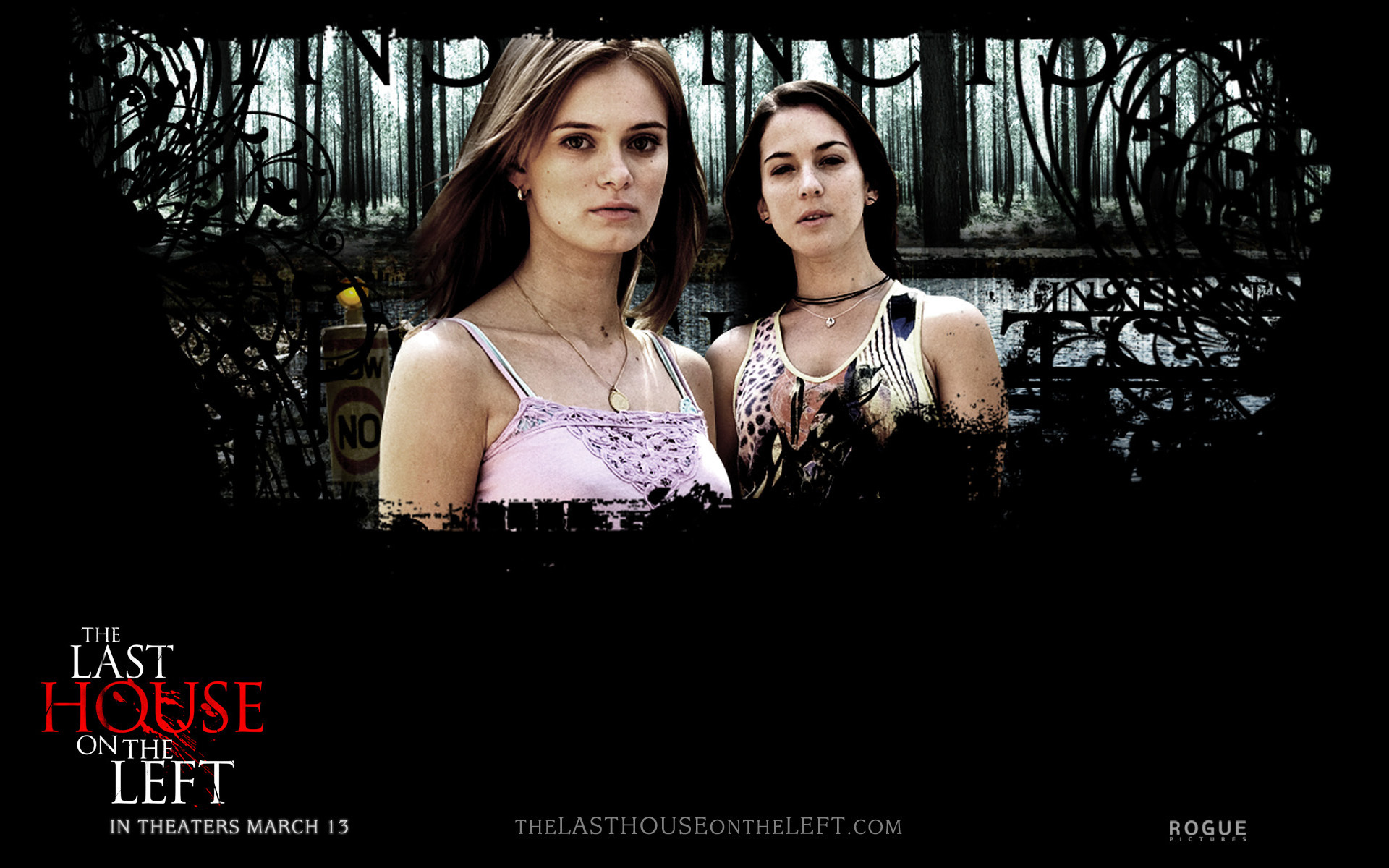

From its first foray into theaters, The Last House on the Left was met with intense scrutiny regarding its graphic depictions of ultra-violence, rape, and murder. The film is grainy, the camera is shaky, and our gazes are fixed upon closeups focusing on the pure agony splayed across the actor's faces. Similar to the rather chaotic camera work in found footage films, it is relentless in bringing its viewers excruciatingly close to the action taking place on screen. Part of what makes this film particularly jarring is its style, which is evocative of documentary filmmaking techniques.


Upon first viewing, The Last House on the Left seems devoid of the uncomfortable lightheartedness characteristic of his most famous antagonists. A large part of Craven's legacy includes his knack for highlighting the close relationship between comedy and horror. Despite its less than favorable reputation, the film undoubtedly points to the intricacy of Craven's craft as a true master of horror.įor many, it may be difficult to imagine the mastermind behind bringing the likes of Ghostface and Freddy Kruger to the big screen making one of the most controversial horror films of all time. Fifty years later, The Last House on the Leftstill holds up next to the likes of more recent gruesome films such as Saw, Hostel, and The Devil's Rejects. Though Craven's influential status in horror is a well-trod subject, his first feature film is often overlooked as the blueprint that may have well predicted it all. Craven was always ahead of the game when re-imagining the capabilities of horror from harsh depictions of brutal realism to uncomfortably amusing death scenes. Craven blazed onto the scene with grindhouse films like The Hills Have Eyes that shook audiences created one of the most iconic slasher franchises in Nightmare on Elm Street and finally outdid himself with the first fully realized postmodern slasher in Scream. As one-third of the foundational triple Cs of the genre ( John Carpenter, Craven, and David Cronenberg), he specialized in pushing the boundaries of what audiences could expect once they settled into seats with a tub of popcorn in tow. Wes Craven has arguably redefined horror more than any other icon of terror.


 0 kommentar(er)
0 kommentar(er)
